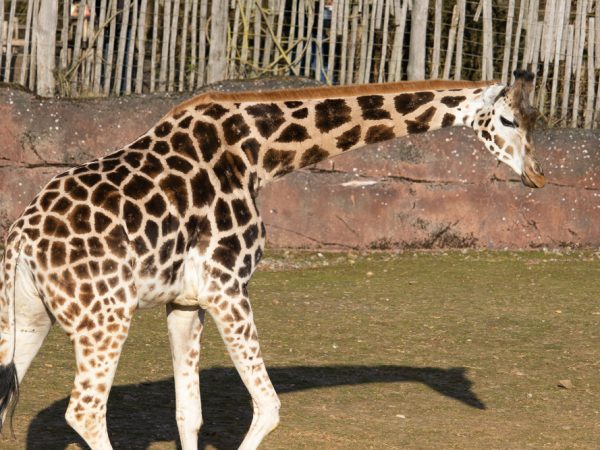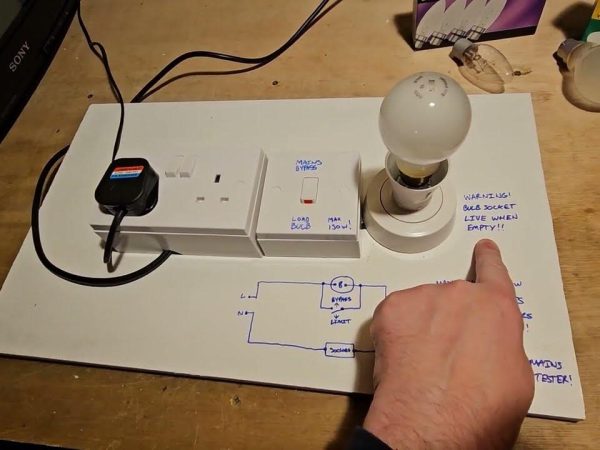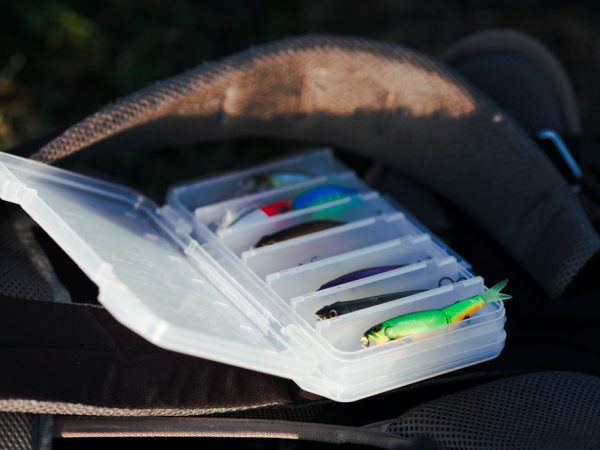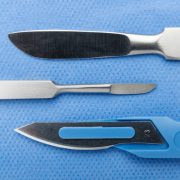Horse Menage Basics: Everything You Need to Know About Riding Arenas
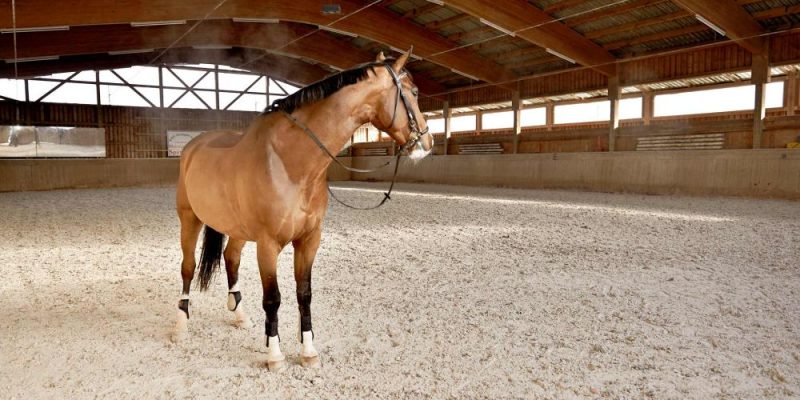
A horse menage, also known as a riding arena, is an essential facility for equestrians who train, exercise, or ride regularly. Whether you’re a hobbyist or a professional trainer, a well-designed menage ensures a safe and effective space for horse and rider.
But what makes a great horse menage? From the right surface to maintenance strategies, there’s much to consider. In this guide, we’ll cover the basics of horse menages, the key elements of their construction, and how to keep them in optimal condition. Let’s saddle up and explore!
Key Components of a Horse Menage
Creating a functional and durable menage requires attention to its main components, such as surface materials, fencing, and drainage.
Surface Types
The surface is arguably the most critical part of a horse menage. The right material provides good traction, reduces injury risks, and ensures all-weather usability. Popular surface options include:
- Sand: Affordable and widely used, sand offers decent drainage but can compact over time.
- Rubber Crumb: Often used as a topping, rubber improves shock absorption and reduces surface freezing.
- Fiber Blends: These are modern solutions that combine durability, cushioning, and moisture retention.
- Sand-Rubber Mixes: A popular choice for balancing affordability with performance, this combination reduces compaction.
When choosing a surface, consider your budget, weather conditions, and intended use of the arena (e.g., dressage vs. jumping).
Fencing
Proper fencing ensures safety for both horse and rider. Key fencing features include:
- Durability: Wooden or PVC materials are common choices.
- Height: Typically, fences are around 1.2 meters to prevent horses from jumping over.
- Visibility: Fences should be easily visible to horses to avoid accidents.
Drainage Systems
Without effective drainage, waterlogging can render a menage unusable. Drainage systems typically involve:
- Base Layer: A compacted stone layer beneath the surface.
- Geotextile Membrane: Prevents soil mixing with the surface material.
- Perimeter Drains: Channels water away from the arena.
Proper drainage extends the life of your menage and ensures year-round usability.
How to Build a Horse Menage
Building a horse menage requires careful planning and the right construction techniques to ensure durability and safety.
Planning and Site Selection
Start by choosing a suitable location. Ideal sites should:
- Be flat or gently sloping for natural water runoff.
- Have easy access for construction equipment.
- Be away from trees to reduce maintenance from falling leaves or roots disrupting the surface.
Consult with an expert to design an arena that meets your needs while adhering to local regulations.
Essential Construction Steps
- Clear and Level the Site: Remove vegetation and level the ground.
- Install Drainage Systems: Lay the base layer, geotextile membrane, and perimeter drains.
- Construct the Base Layer: Compact hardcore material to create a solid foundation.
- Add the Surface Material: Apply the chosen surface evenly across the arena.
- Install Fencing and Finishing Touches: Ensure fences are sturdy and safe, and mark boundaries clearly.
The process requires precision to ensure a long-lasting menage that performs well under varying conditions.
Maintaining Your Riding Arena
Even the best-built menages need regular maintenance to stay functional and safe.
Tips for Daily Maintenance
- Level the Surface: Use a drag harrow or grader to redistribute uneven materials.
- Remove Debris: Clear the menage of leaves, manure, and other debris that can affect drainage.
- Water the Surface: During dry spells, lightly water the arena to prevent dust and maintain surface consistency.
Avoiding Common Problems
- Puddling or Waterlogging: Regularly check and clean drainage channels.
- Compaction: Rotate or loosen surface materials periodically.
- Weed Growth: Inspect edges and apply a weed suppressant if necessary.
Investing time in routine upkeep reduces repair costs and ensures a safe environment for training.
Benefits of a Properly Designed Menage
A well-thought-out horse menage offers numerous advantages for horse owners and trainers.
Improved Training and Performance
The right surface allows for controlled footing, which is essential for discipline-specific movements like jumping or dressage. It also minimizes the risk of slips and falls, enabling consistent practice.
Safety for Horse and Rider
A good menage reduces the impact on horse joints and prevents rider injuries caused by uneven surfaces. Fencing and visibility features enhance overall safety during use.
Year-Round Usability
With proper drainage and maintenance, a horse menage can be used in almost any weather condition, making it a reliable training ground.
Conclusion
A horse menage is a valuable investment for anyone passionate about equestrian activities. By focusing on the right components, construction, and maintenance, you can create a safe, durable, and efficient riding arena that meets your needs.
Whether you’re starting from scratch or improving an existing arena, this guide provides the insights you need to make informed decisions. With proper care, your menage will remain a trusted training ground for years to come.
FAQs
1.What is the ideal size for a horse menage?
The ideal size depends on its use. Standard sizes include 20m x 40m for dressage and 30m x 60m for showjumping.
2.How much does it cost to build a horse menage?
Costs vary based on size, surface material, and additional features. On average, a standard menage may cost between £20,000 and £50,000.
3.Do I need planning permission to build a horse menage?
In the UK, planning permission is often required, especially in rural areas. Consult your local council for specific regulations.
4.Can I build a horse menage myself?
While DIY is possible, hiring professionals ensures proper construction and long-term durability.
5.How often should I replace the surface material?
With proper maintenance, most surfaces last 5–10 years. Signs of wear like compaction or excessive dusting indicate it’s time for replacement.
Also read: Buy Refurb Refinance: 10 Crucial Mistakes to Avoid in Your Investment Journey


